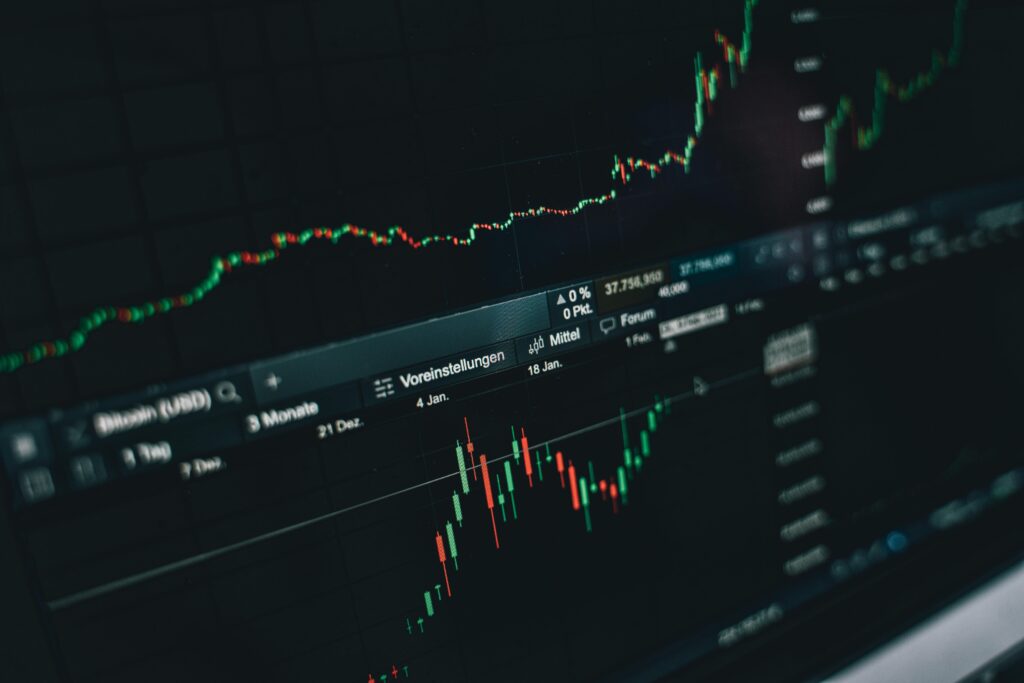The Federal Reserve policy continues to play a critical role in shaping market dynamics, especially in the wake of recent JOLTS job openings data and Fed Chair Jerome Powell’s remarks. During the opening of the U.S. session, the USD experienced a dip, with the EURUSD and GBPUSD reaching new highs for 2025. Despite this, data from the JOLTS report showed job openings were stronger than expected at 7.769 million, up from an expected 7.300 million, providing some support for the dollar.
Federal Reserve Policy and Market Impact
At the recent ECB Forum in Sintra, Portugal, Fed Chair Powell spoke on key issues affecting the U.S. economy. While he did not rule out a July rate cut, Powell’s comments were cautiously optimistic, suggesting the current economic situation is solid, barring the effects of tariffs. He noted the significance of monitoring inflation closely, highlighting the summer’s expected inflationary pressures from tariff impacts.
During the forum, Powell reiterated the Fed’s commitment to a data-driven methodology, emphasizing that any decisions, including potential rate cuts, would be made on a meeting-by-meeting basis. He pointed out the U.S. debt trajectory as unsustainable, calling for fiscal policy considerations to address these challenges.
The forum also featured remarks from other central bank heads, including ECB President Christine Lagarde and Bank of England Governor Andrew Bailey. Lagarde highlighted the euro area achieving a 2% inflation target, yet remained vigilant, advocating for a data-dependent decision-making approach. Bailey mentioned monitoring inflation pressures closely amid economic softening signs, with a focus on possibly moving interest rate policies toward neutrality in a gradually moderate fashion.
From the Bank of Japan, Governor Kazuo Ueda spoke on Japan’s inflation situation, noting that while headline inflation remains high, underlying inflation still falls short of the target. Future rate hikes for Japan, he suggested, would depend on wage growth and inflation expectations.
The overall central bank outlook has influenced USD trends, with mixed performance against major currencies by day’s end. Noteworthy movements include the USD gaining ground against the CAD and experiencing declines versus the JPY and CHF. U.S. bond yields also saw varied movements across the spectrum.
Equity markets presented a mixed outcome, reflecting varied investor sentiments. The Dow Jones Industrial Average and Russell 2000 Index both experienced gains with capital rotation observed towards small-cap stocks and industrial sectors away from tech-heavy indices such as NASDAQ, which closed lower for the day.
Commodity markets saw oil fluctuate within a tight range, with crude oil closing higher at $65.56 for the day, holding above the 100-hour moving average. Gold experienced a rise, closing at $3340.15 per ounce. Conversely, Bitcoin saw a drop of $1418, settling at $105,761.
On the political front, ongoing exchanges between President Trump and Elon Musk captured attention, with new tariffs on Japan and potential trade negotiations with India adding to the geopolitical narrative impacting markets.
Conclusion and Future Outlook on Federal Reserve Policy
In conclusion, the Federal Reserve policy remains a pivotal factor for market participants to monitor, especially with upcoming economic data releases and geopolitical developments. Its approach will likely continue defining currency and market trends.
At Bakara Invest, our analysis suggests that the Federal Reserve’s cautious yet responsive stance will be crucial for both short-term and long-term market stability, especially in managing inflation expectations and economic growth.
For more Forex market insights, visit our Forex News Section.
